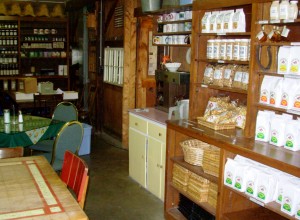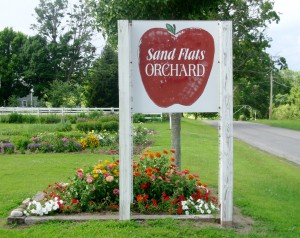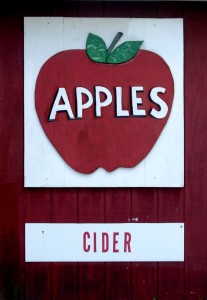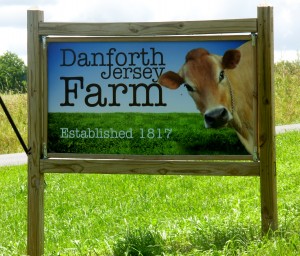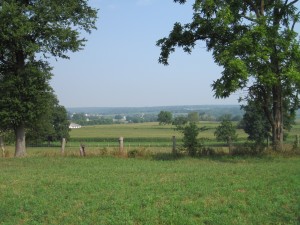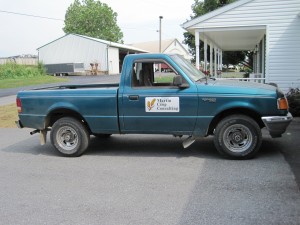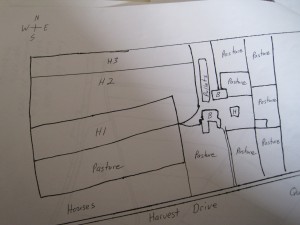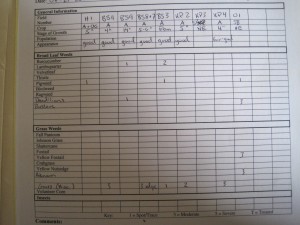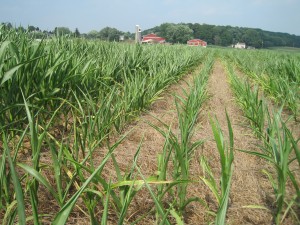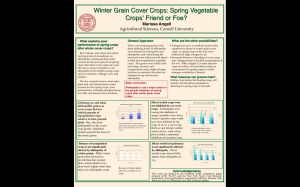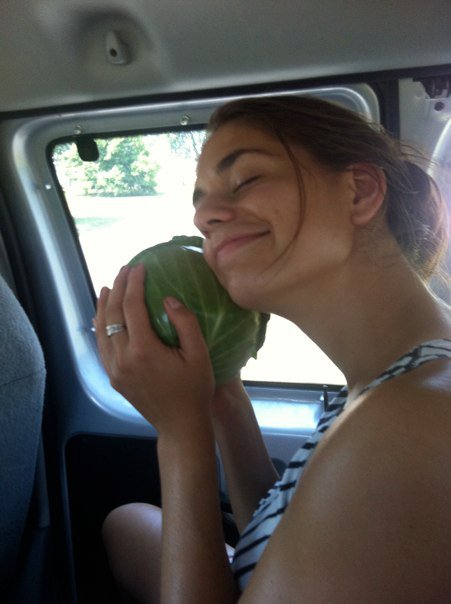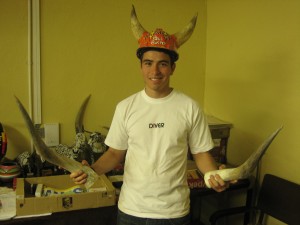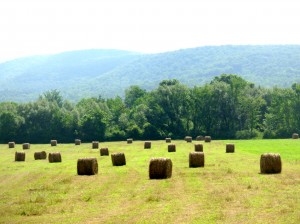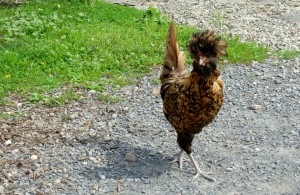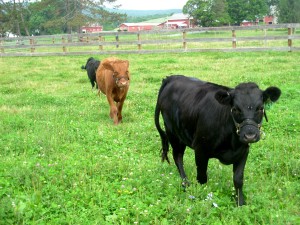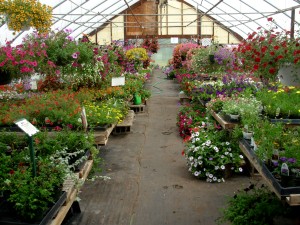Week Six was wonderful, and I had another exciting week of farm visits. I was mostly in Schoharie County and it is one of the most gorgeous places I have driven though. I have included highlights from my visits this week.
I visited Buck Hill Farm in Schoharie County which was such a lovely place. They have a whole farm store and a dining area where they have breakfasts a few times a week. The store was stocked full of homemade goods, jams, candies, pickles, and of course Maple Syrup. I had a really wonderful visit there and I highly recommend the Raspberry Jam. I wish that I had more time to chat with some of the farmers. It was really a wonderful visit and I feel like I totally could have stayed for hours.
This week I also visited Sand Flats Orchard and had a really wonderful time doing my interview there. They have a beautiful operation, and two very sweet dogs who greeted me happily. It made me very excited for the apple season in the fall and I can just smell the cider doughnuts and cider already!
I also visited Cowbella Fine Farmstead Dairy which is also Danforth Jersey Farm. They have gorgeous Jersey’s there and the little ones were so cute! I got to meet most of the family, and see them making butter and packaging it. It is seriously the best butter I have ever had. It is very similar to Irish butter that I remember having at my family’s houses in Ireland. So rich and delicious! They sent me home with some of the fresh batch of butter and even a whole quart of their homemade yogurt! They also have a wonderful logo.
My seventh week of work was not the best. I was in a car accident (I am totally fine) and now I am figuring out how to work without a car. I am back on track and trying to get as much as I can done from home. I have transitioned to doing phone interviews, and I am still making good headway. I made it to 50 surveys which feels like a great accomplishment. There are a lot of people who have also done the online version of the survey on Survey Monkey which adds more to my total number! I am still hoping to get 100 by the end of the internship, so wish me good luck!

